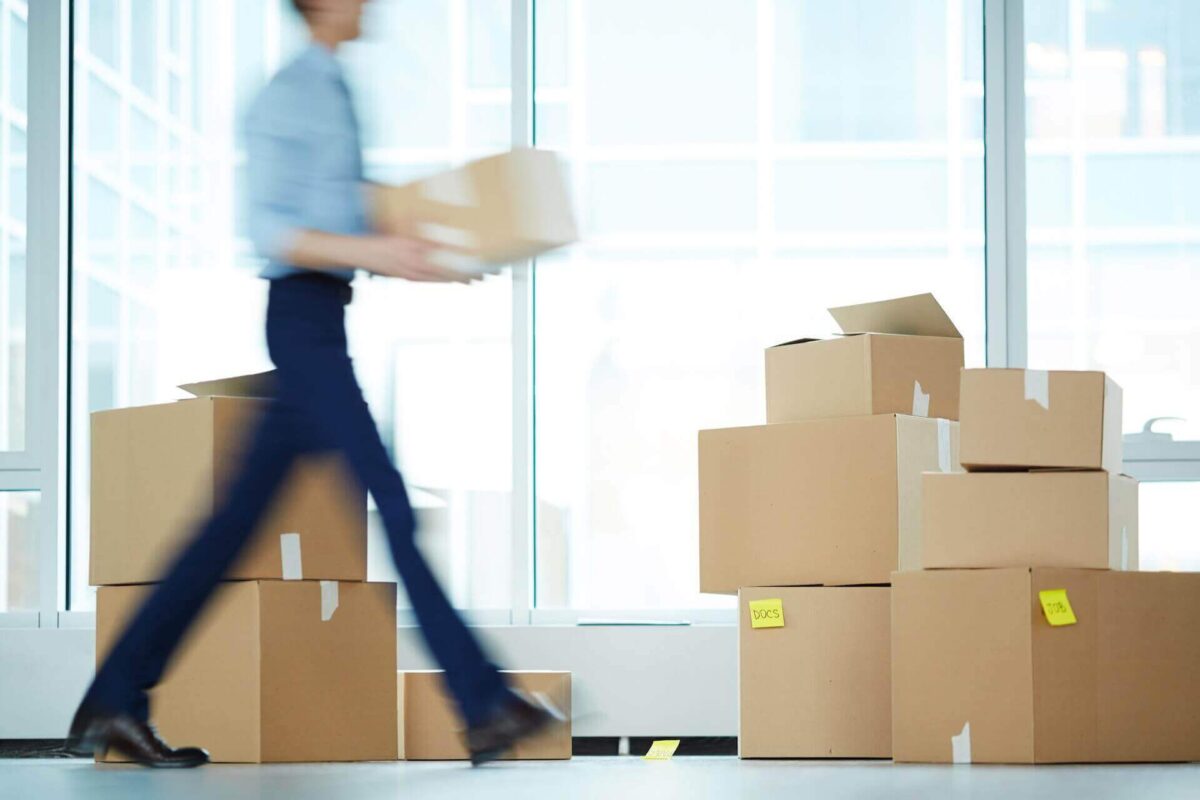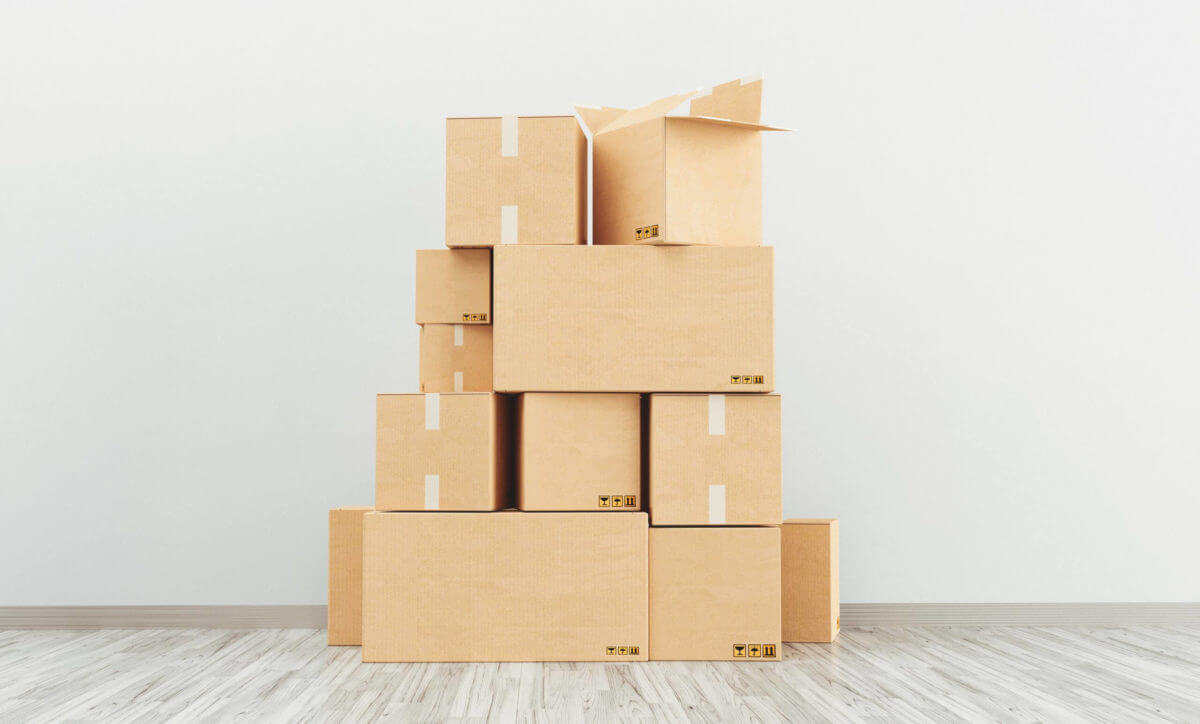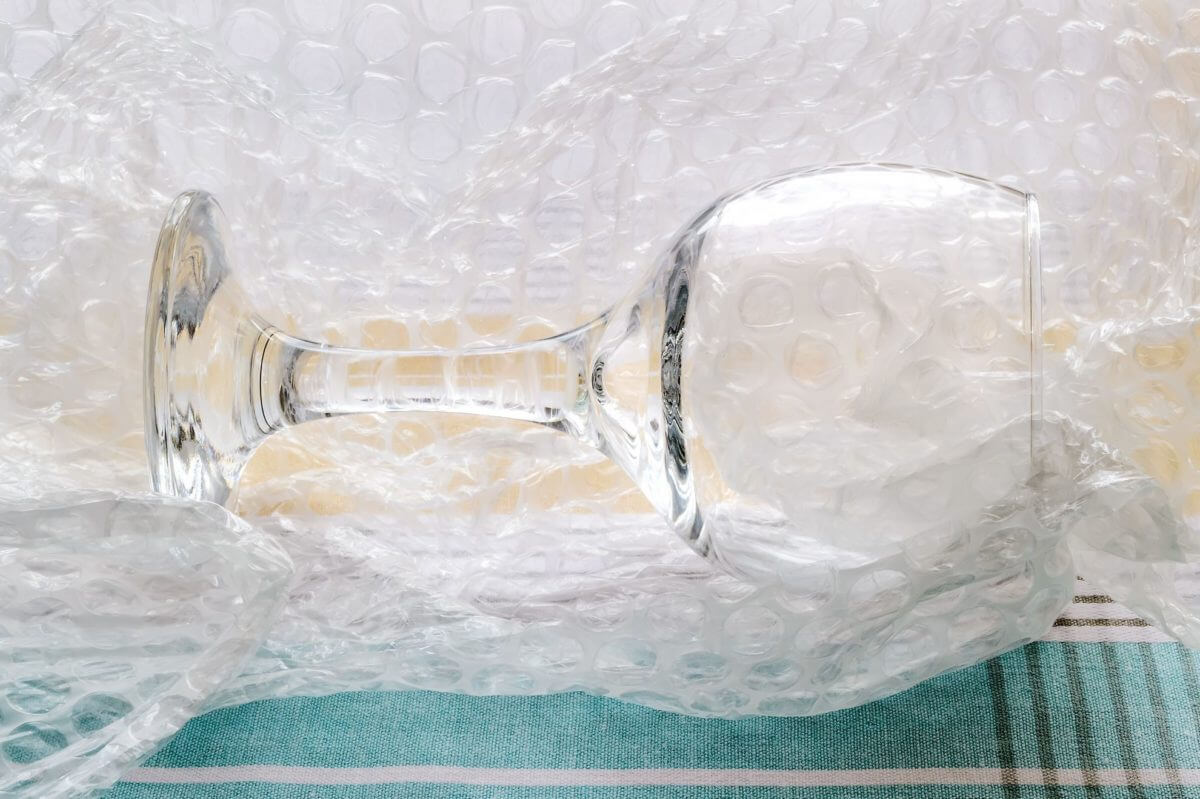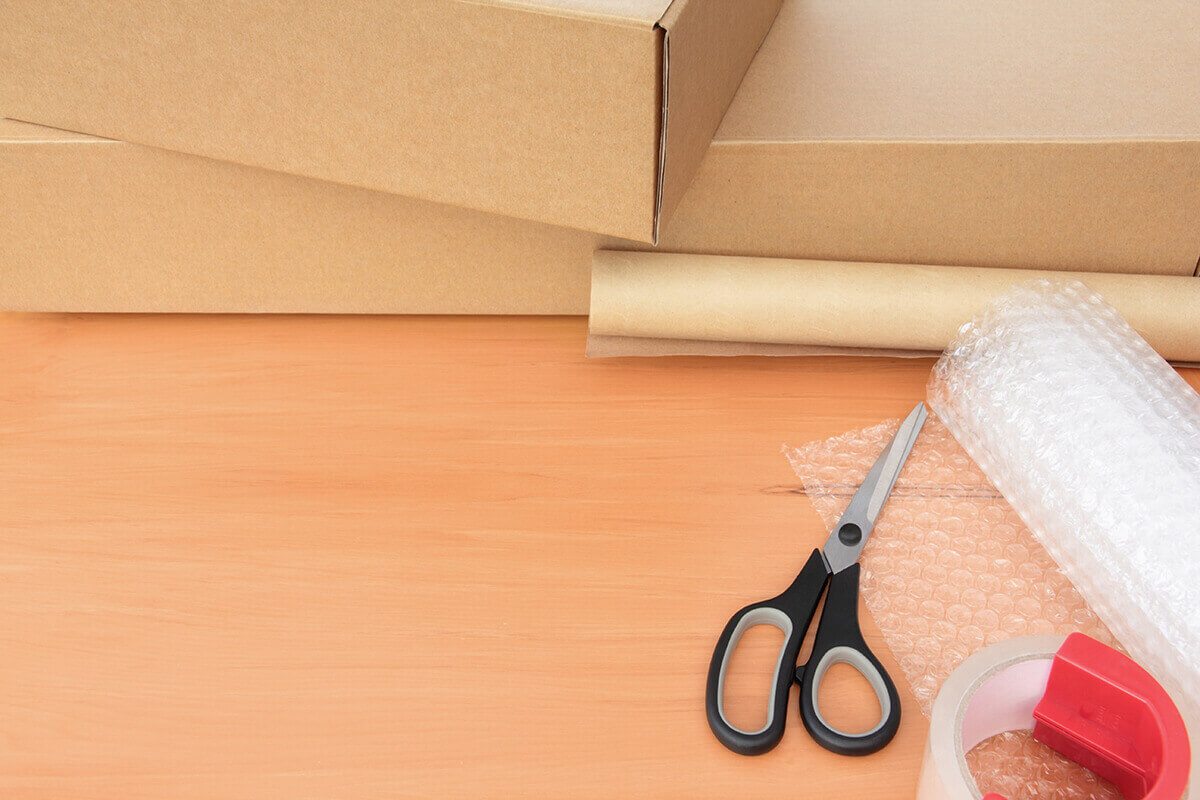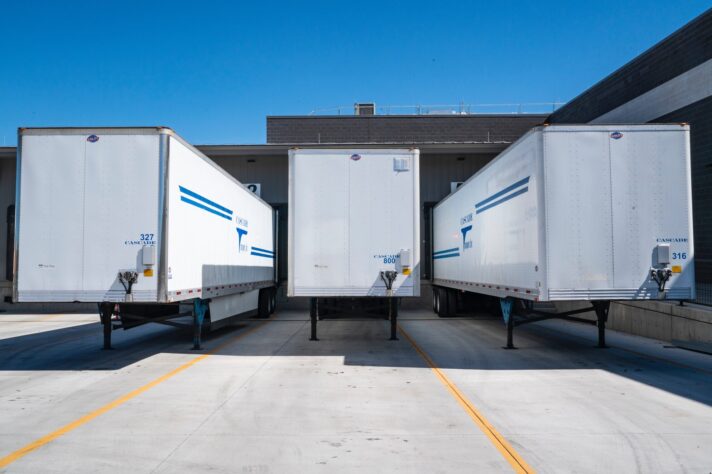Moving day is coming, and you haven’t figured out where to find packing supplies. You might run out of ideas as time goes by and end up buying expensive items that might work. Instead, take a deep breath, and read about different packing materials and where to find them without breaking the bank.
There's a variety of supplies and materials you can use
Where to Find Different Packing Materials
When moving, the first question we have is where and how to find different types of packing materials without spending too much. Moving stress is hard to handle as it is, but then the costs keep piling up, too. Fortunately, there are cheap and even free ways to get necessary supplies for packing that also fit any moving budget.
Did you know you can use containers of all kinds to pack? While cardboard boxes are the safest choice because of their volume and practicality, there’s no reason you can’t get a basket to pack shoes, a plastic drawer for toys, or even a sports bag or suitcase for books. The first place to look is right in front of you – your home. It’s also the cheapest way to move out.
Take a Trip to Local Shops for Free Packaging Items
If you thought a box couldn’t be expensive, you’d be surprised. Some retailers like to overprice these when the moving season comes along. However, there’s a hack you may have heard of but never dared to try.
Head out to your local restaurant, supermarket, wine store, or furniture retailer, and ask them to give you their containers. They tend to throw out empty, used ones, which are mostly in perfect condition. If you ask them to give you some instead, you’ll see that, very often, people will come through and be helpful.
Learn about other methods for getting packaging supplies in the video below.
#1 Supplies – Boxes for Packaging
The most important part of your relocation essentials list is the containers. As we already mentioned, you can get any kind of container to pack your stuff in, but nothing replaces a good, sturdy cardboard box quite as well. Note that the packaging shouldn’t be too big or too small, which tends to be a common relocation mistake when people pack.
The size of each box should be appropriate for the things you want to put inside. For example, if you pack glass items, don’t do it in a box that’s too small because they could break. On the other hand, if a box is too big, it’ll turn out too bulky for the moving truck and be somewhat empty. It’s best to pack glass, or any other items, in a medium-sized container with a lot of padding.
Getting the perfect box isn't a difficult task
What Are the Different Types of Packing Materials? – What Can Be Used for Wrapping Belongings
You have to wrap all your stuff before arranging it in a box to provide a necessary layer of protection. You can get expensive options for delicate cargo, but it’s possible to get away with wrapping it in household items. Wrapping supplies can also be used for padding the bottom and top of each box and gaps between things.
Packing Paper
Paper is a great wrapping material to get even for last-minute relocation. You can buy it online in bulk or save it after shopping. Keeping each box and the papers inside can be helpful for future moves. You can replace it with newspapers, too, but there’s a catch – newspapers sometimes leave ink on stuff, and it can be hard to wash out. Paper is the wrapping of choice for most long-distance movers, too.
Shrink Wrap vs. Bubble Wrap
The fancier kind of wrapping product would be the bubble wrapping kind. Bubbles in this material are filled with air and designed to provide maximum protection. Hopefully, you’ve saved some from previous shopping sprees since it’ll do wonders for saving the breakable items on your household inventory list.
If you’ve misplaced the bubbles, you can secure your things with shrink wrap from home. It’s even ideal for packing knives and other kitchen stuff and making sure things stay safe and sound. You may need to buy more of the plastic wonder, depending on what you want to pack, but everyone who’s used this kitchen staple for moving haven’t regretted it so far.
Cotton Household Products
When you learn what are the different types of packing materials, you don’t hear anything about shirts, pillowcases, towels, and alike. However, the ultimate moving hack lies precisely in getting household cotton products for wrapping. Of course, don’t try it with the newest t-shirt in your collection. Instead, do it with used stuff because you can easily donate unwanted items later.
Additionally, cotton products provide excellent padding since they’re soft and gentle. Towels may not always be the right choice because they take up lots of space, but everything else can work wonders for your packing adventure.
Bubble wrapping and t-shirts will protect your stuff fully
Additional Packing Supplies for the Perfect Move
Everything else you need are some common products that can be found for free or, again, cheap. You’ll require some duct tape and scissors, which you likely have in the storeroom, and markers, pens, and stickers to help with the final touches.
A brilliant hack to help your peace of mind is to use duct tape to seal the bottom of each container. If you have enough tape, go wild and ensure the bases are safe and secure, so nothing falls out when you lift each box. But keep in mind that you should learn how to remove tape residue first. When it comes to scissors, well, they’re just always great to have around.
Make Labels for Cargo, So It Gets Properly Stacked for Shipping
Imagine you’ve relocated to the suburbs for the first time and don’t know where to start unpacking because nothing was correctly labeled. You then have to open everything up to find your stuff, make a mess, and end up unpacking for months.
This is why we mentioned markers, pens, and stickers for the final touches of packing. They are an essential part of every relocating to another state checklist. Once every container’s been sealed and prepared, ensure you’ve labeled it correctly. It’s also highly recommended to label the packages with breakable stuff as “fragile” because movers will understand what to put where when the moving truck pulls up. It’s basically one of the best long-distance relocation tips out there.
Scissors and duct tape can solve many problems
Cross-Country Movers Have Different Types of Packing Materials and Supplies Ready
If you still have some anxiety about moving out, which is common whether you’re relocating to another state alone or with the entire family; if you’re too lazy or stressed out to forage for packing supplies, then get in touch with a cross-country moving company for help. Each packing product that’s necessary will be provided by movers when you book packing services.
Long-distance moving services can be a life-saver in many other ways, too. Movers will provide a storage service if you change your mind about shipping some packages. They’ll also offer car shipping when you decide on moving cross-country, so you don’t have to worry about getting the right packing product for your vehicle, either. Just ensure you prepare enough cash and figure out how much to tip movers for the job well done.
The best part is – while you may need to work a bit when you hire cross-country moving services, there’ll still be plenty of opportunities to de-stress and get accustomed to starting a new life.
FAQ
What Are the Most Common Packing Materials Used for Moving?
There are several common packing materials used for moving, including:
- Boxes – The most commonly used packing material for moving, boxes come in a variety of sizes and are used for packing and transporting household items.
- Bubble wrap – Bubble wrap is used to protect fragile items from damage during transportation.
- Packing peanuts – Packing peanuts are used to fill empty spaces in boxes and protect items from shifting.
- Furniture pads – Furniture pads are used to protect large and heavy items, such as sofas, chairs, and desks, during moving.
- Paper – Packing paper is used to wrap and protect items, especially fragile ones, during packing and moving.
- Tape – Tape is used to seal boxes and secure items in place during transportation.
- Stretch wrap – Stretch wrap is used to secure and protect items such as mattresses, box springs, and upholstered furniture during moving.
It’s important to choose the right packing materials to ensure that your items are protected during the moving process.
How Can I Determine Which Packing Materials Are Best for My Belongings?
When choosing packing materials, you should consider the following factors. First and foremost, the main goal of packing materials is to protect your belongings during transit. You want to choose materials that will prevent damage from shocks, vibration, and temperature changes.
Then, consider the fragility of the items you need to pack. For delicate items, you’ll want to use materials like bubble wrap, foam peanuts, or packing paper to provide cushioning.
Finally, the size and shape of your belongings will also influence which packing materials you should use. For example, you’ll want to use larger boxes for bulky items and smaller boxes for smaller, lighter items.
Is It Necessary to Purchase Professional-Grade Packing Materials for My Move?
It’s not necessary to purchase professional-grade packing materials for your move, but it can be beneficial. Professional-grade materials are designed to provide more protection for your belongings during transit, which can be especially important if you’re moving fragile or valuable items.
What Are the Benefits and Drawbacks of Using Newspaper for Packing?
The benefits of using newspaper for packing are its cost-effectiveness and its ability to provide a certain level of protection during transit. However, it also has drawbacks such as ink transfer, its lack of effectiveness in cushioning fragile items, and its time-consuming nature when wrapping individual items.
How Can I Recycle or Reuse Packing Materials After My Move?
You can recycle or reuse packing materials after your move by reusing strong, sturdy boxes, donating used materials to friends or local organizations, recycling them at a local recycling center, or repurposing materials like bubble wrap and packing peanuts for future storage or when you need to hire again cross-country moving companies.
What Are the Best Packing Materials for Fragile Items?
It’s important to use packing materials that provide enough cushioning to prevent damage during transit. Some of the best packing materials for fragile items include bubble wrap, foam peanuts, corrugated cardboard.
How Can I Protect Large Items Such as Furniture During a Move?
Protecting large items, such as furniture, during a move can be a challenge, but with proper preparation and the right materials, you can minimize the risk of damage. Here are some tips for protecting furniture during a move. Whenever possible, disassemble larger items, such as beds and desks, into smaller, more manageable pieces. Wrap furniture in furniture pads or blankets to protect it from scratches and dings.
What Are Some Eco-Friendly Packing Materials Options?
There are many eco-friendly options for packing materials, including:
- Recyclable cardboard boxes – these can be used over and over again, reducing waste and saving resources.
- Biodegradable bubble wrap – this is made from plant-based materials and will break down naturally in the environment.
- Reusable cloth bags – these can be used to carry and protect items during transit and can be used for years.
How Can I Save Money on Packing Materials While Still Ensuring the Safety of My Belongings?
To save money on packing materials while still ensuring the safety of your belongings, you can use items you already have such as towels, linens, newspapers, and clothes for cushioning, and reuse boxes from friends or businesses instead of buying new ones. Consider purchasing only the necessary amount of bubble wrap and packing peanuts to fill any remaining gaps.
What Should I Do if I Run Out of Packing Materials During the Packing Process?
If you run out of packing materials during the packing process, you can consider the following options. Look for items that can be repurposed, such as towels, clothes, or linens, to fill any gaps in your boxes. Reach out to friends, family, or local businesses to see if they have any extra boxes or packing materials you can use. If you need more materials, consider purchasing only what you need from a nearby store or online retailer.
